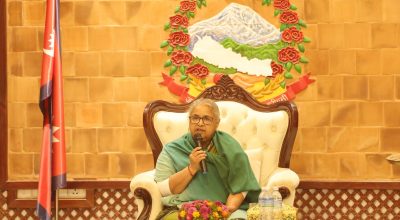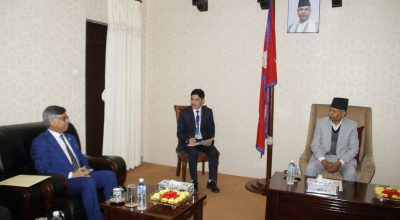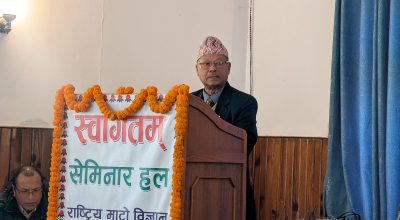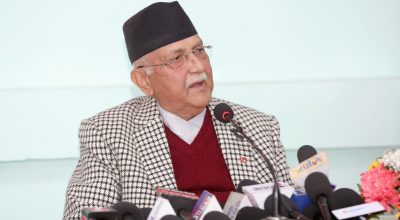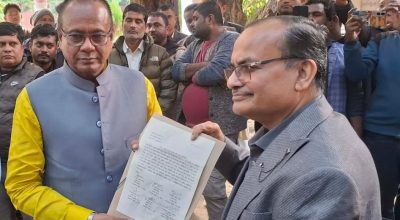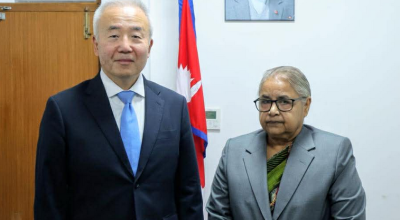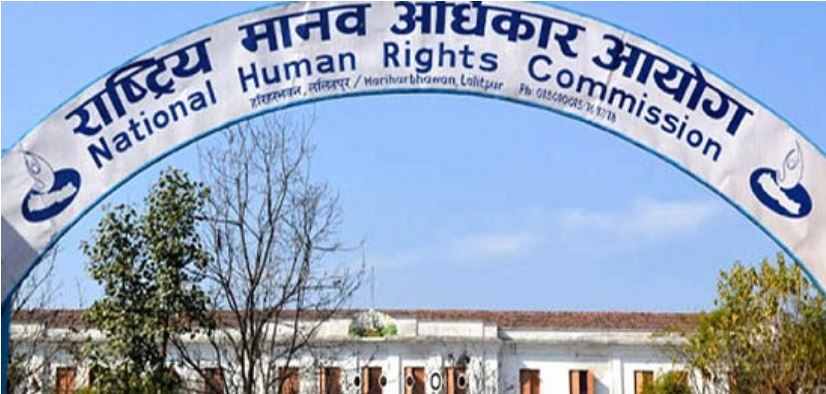
Kathmandu, June 19: The National Human Rights Commission (NHRC) has called for making the disaster mitigation, preparedness, response and management-related aspects more prompt, safe and technology-enhanced.
NHRC has urged the federal, provincial and local governments to be serious towards making the disaster early warning system accessible to the various mother language communities, updating the established early warning system and the rainfall measuring stations and to stress on the effective implementation of the Disaster Risk Reduction and Management Act.
In a press release, the NHRC called for adopting a ‘human rights-oriented development approach’, maintaining a balance between environmental conservation and development. It stated that a policy should be made for opening at the earliest the roadways blocked due to flood and landslide.
“The Commission draws the attention of the government to resolve, through diplomatic dialogue (with India), the problem related to the risk that might be there from physical infrastructure constructions in the bordering areas in Tarai Madhes, and to provide the minimum required technical equipment for disaster management,” reads the NHRC press release.
NHRC has also urged the government to pay attention to the forecast that more than the average precipitation will occur this year with the beginning of the monsoon throughout the country, which will likely affect more than 1.8 million citizens, and the risk this posed to the life and property of the citizens.
Calling on the government to minimize the monsoon-related disaster risk, NHRC has held consultations with the officials of the Ministry of Home Affairs, the National Disaster Risk Reduction and Management Authority, the Nepali Army, Nepal Police, the Armed Police Force and the Red Cross in connection with disaster preparedness, response and management.
It is said 3,052 people have died and 791 have gone missing in the monsoon-related disaster incidents in the last 10 years in Nepal.





